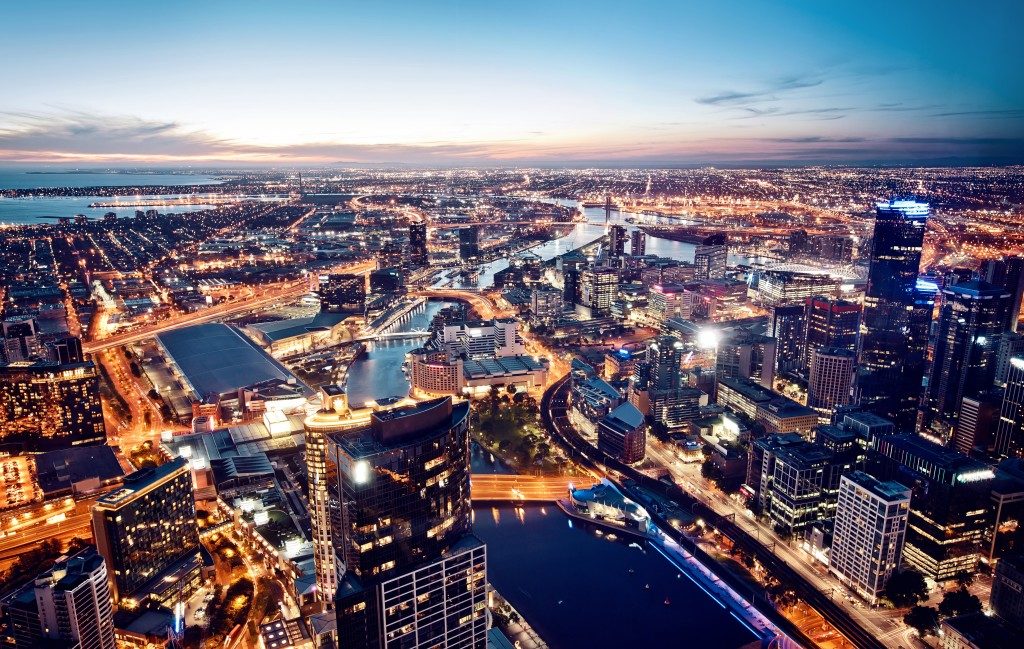Ranked for several consecutive years as the world’s most liveable city, Melbourne is an ideal destination for those who are interested – and qualified – to relocate for temporary or long-term work. Before you finalise your commitments, though, here are some things to prepare for.
Where to live
Depending on the expected duration of your stay, it can make more sense to either rent or purchase the property. It will definitely help to scout the property market ahead of time extensively. In 2019, the continued population growth combined with a low supply of vacancies led to an increase in weekly median rates for rental in metropolitan Melbourne. Housing prices, on the other hand, had been following a national downward trend until the last few months of the year. Tracking these trends can translate to considerable savings as you secure your place of stay at the right time and price.
The location certainly factors into the price as well. For example, in areas to the west of Melbourne, you can find a more affordable home and land packages compared to suburbs near the Central Business District (CBD). Ultimately, you’ll want to find a place that balances convenience, transportation, and proximity to your workplace at a reasonable price point.
Cost of living
Melbourne may be a great place to live, but the cost of living has also risen over the years. Excluding rent, recent numbers indicate the average cost of living in Melbourne for a single person, exclusive of rent, to be $1,279.49 a month. That places the city quite high at 76th on worldwide cost of living rankings.
If you are working in Australia under a 457 visa, take those figures into account when negotiating your contract offer. If you’re fortunate enough to have sponsorship, though, this can simplify considerations to a matter of working within your budget and salary constraints.
Transportation
Public transportation in Melbourne doesn’t enjoy the same reputation for punctuality found among other world-class cities. Though the trams have their charm, they can be an inefficient way to get around the city. The Myki card is standard for use on the city’s trains and buses as well as trams, so get one unless you plan on walking or driving most of the time. Walking might be a better option around the CBD due to shorter distances and the lack of parking spaces.
Weather

The mention of Australia usually conjures up images of sunny beaches and the scorching outback, but when you get as far south as Melbourne, the weather gets cooler most of the year. The summers are warm enough, but winters can be piercingly cold. And within each day, weather can really fluctuate a lot, with unpredictable rain making it sensible always to bring an umbrella and water-resistant jacket, regardless of the day’s forecast.
Attractions
When you come to live in Melbourne, you’ll realise that most of the attractions are urban. You’ll need to drive some distance to get a taste of the country’s famous beaches and rugged outdoors. Here, though, you’ll find no shortage of great food options and nightlife venues. Your surroundings will be full of great architecture and street art. The city embraces diversity, and fans of all backgrounds come together to support local teams and international sporting events.
Few cities come close to Melbourne for offering world-class urban amenities and attractions along with a truly cosmopolitan and welcoming culture. If you have the rare opportunity to migrate and work here, prepare for all these things – and for a wonderful overall experience.




